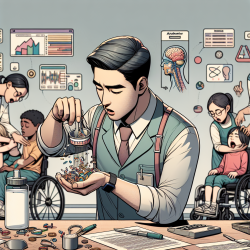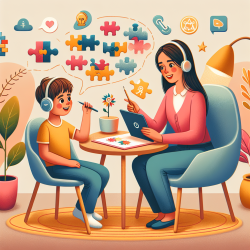Introduction: A New Era in Therapy
In today's fast-paced world, the demand for innovative solutions in therapeutic services has never been greater. As occupational therapists, we are constantly seeking ways to enhance the quality of care we provide to children. With the advent of online therapy, also known as telepractice, we are entering a new era that promises to revolutionize the way we support young learners.
The Rise of Online Therapy
Online therapy has emerged as a powerful tool, offering a flexible and effective platform for delivering therapeutic services. According to recent data, there has been a significant increase in the adoption of online therapy services in schools, with many institutions recognizing its potential to reach children in need, regardless of geographical barriers.
Benefits of Online Therapy for Children
Online therapy provides numerous advantages for children, particularly those who may have limited access to traditional in-person services. Here are some key benefits:
- Accessibility: Online therapy breaks down geographical barriers, allowing children in remote or underserved areas to receive the care they need.
- Flexibility: Scheduling sessions becomes more convenient, accommodating the busy lives of families and allowing for more consistent therapy.
- Comfort: Children often feel more at ease in their own environment, which can enhance their engagement and progress.
- Customized Approach: Online platforms enable therapists to tailor their sessions to the individual needs of each child, using a variety of digital tools and resources.
Empowering Occupational Therapists
For occupational therapists, online therapy opens up a world of opportunities. It allows for a more flexible work environment and the potential to reach a broader client base. Additionally, it offers the chance to collaborate with other professionals and continually update skills through various online resources and training.
Data-Driven Decisions for Better Outcomes
At TinyEYE, we are committed to making data-driven decisions to ensure the best outcomes for children. By leveraging technology, we can collect and analyze data more efficiently, allowing us to track progress and make informed adjustments to therapy plans. This approach not only benefits the children we serve but also enhances the professional development of therapists.
Conclusion: A Call to Action
The future of therapy is here, and it is online. As occupational therapists, we have the opportunity to embrace this change and make a significant impact on the lives of children. By integrating online therapy into our practice, we can continue to provide high-quality care that empowers young learners to reach their full potential.
Let us seize this opportunity to innovate and lead the way in creating a brighter future for children everywhere.










